How to Choose the Correct Forklift Mast
When choosing a new forklift one of the most important considerations is the unit’s maximum lift height and mast type.
An incorrectly specified mast can greatly reduce the forklift’s productivity to the point that a new forklift may need to be purchased.
This week’s blog explains some of the key factors that need to be considered when selecting a forklift mast, whilst also profiling the four main mast types available.
Factors to Consider When Selecting a Forklift Mast
Lift Height
Also commonly referred to as maximum lift height, this is the height of the forklift tynes when the mast is fully extended.
When choosing a lift height it is recommended to add additional lift height beyond the highest point of racking to ensure the forklift is able to safely adjust loads at the top of racking.
An important consideration when selecting a masts lift height is that the higher the mast is extended in the air the lift capacity of the forklift may decreases depending on the load center of the mast.
This is to ensure the load remains stable when being lifted reducing the potential for the load to fall of the tynes and causing injury or product damage.
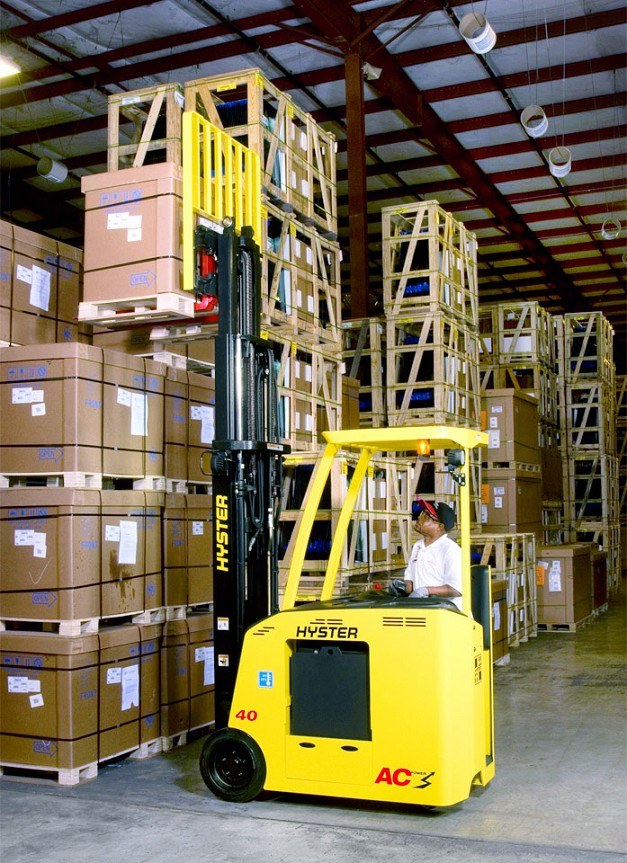
Lowered or Collapsed Height
This is the height of the mast from the ground when the tynes are fully lowered.
It is imperative to consider the masts collapsed height especially if the forklift has to travel through doorways or under raised walkways.
If the masts lowered height is too high it may hit doorways or the raised walkways causing the unit to remain stuck in or under the doorway or walkway or cause significant damage to the mast, doorway or walkway.
Lowered mast height is also important for forklifts that are used to unload containers so they can safely fit inside, this in conjunction with free lift is explained further below.
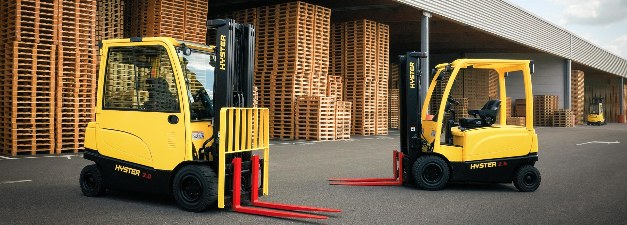
Free Lift
Free lift is the height a load can be lifted before the mast begins to extend upwards.
Free lift is very important for forklifts that operate in confined spaces where overhead clearance is limited such as in shipping container as mentioned above.
Masts that have no free lift will begin to extend upwards straight away as the forklifts beings lifting, whereas a mast with full free lift will allow the tynes to lift to the top of the inner section of mast before extending upwards.
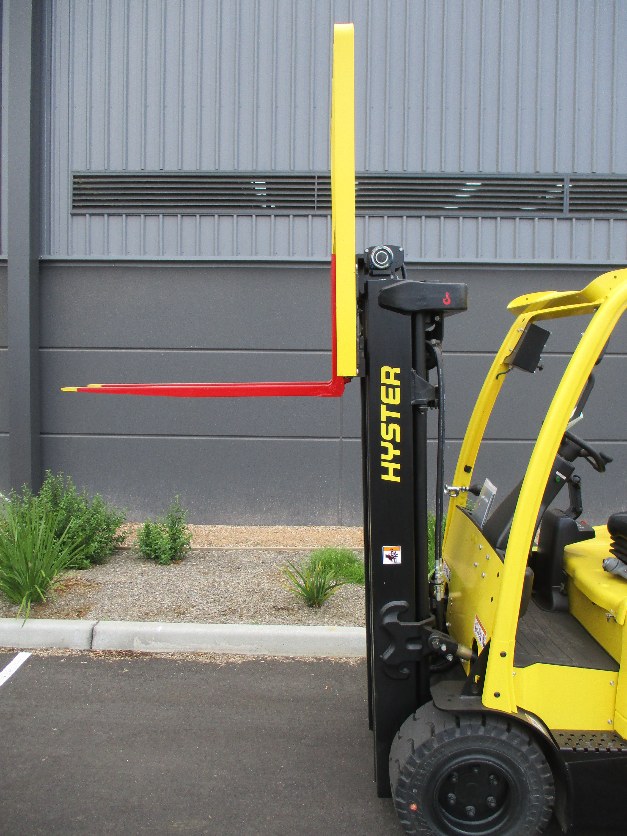
Load Backrest
The majority of forklifts come fitted with a 48 inch load backrest for loads to safely sit up against when resting on the tynes.
Depending on the loads being lifted with the forklift a specialised backrest may need to be installed to prevent damage to the items being lifted.
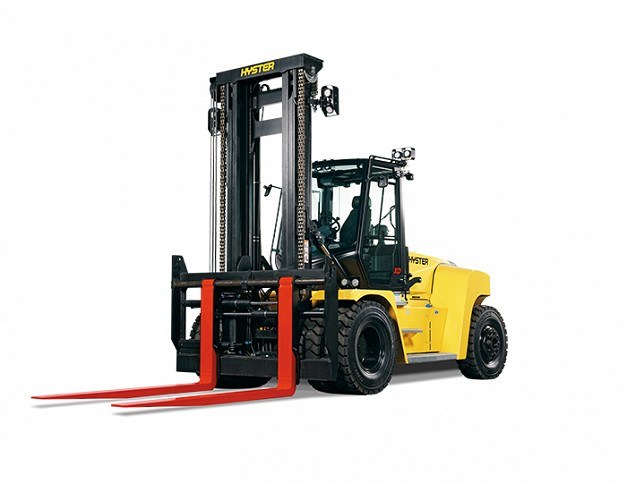
Common Forklift Mast Types
Single Stage Mast
The most basic of masts that has only one mast channel offering limited lifting height.
They offer no free lift and are best suited to low level simple applications where overhead clearance isn’t an issue such as lifting loads from the bed of trucks outside.
Two-Stage Mast
Also known as a duplex mast they are the most common mast setup for forklifts operating in warehouses.
They’re commonly used for single and double stacking of loads into high racking such as freight and logistics or the delivery of manufactured goods.
The mast consists of two sections with the inner section elevating the carriage and tynes, this offers limited free lift as the outer mast section does not extend till the tynes have reached the top of the inner section.
With the hydraulic cylinder located in the center of the mast and only two mast sections two-stage masts offer operators greater forward visibility as there are less components and sections in the way disrupting the view.
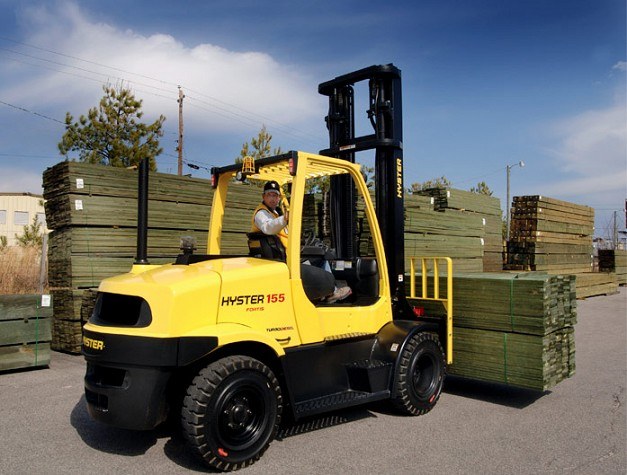
Three-Stage Mast
Also referred to as a triplex mast, three-stage masts offer the greatest versatility and is ideally suited for application where loads must be lifted extended heights or where overhead clearance is an issue such as in containers.
Similar to a two-stage mast the hydraulic cylinder sits in the middle of three masts sections.
The height of three stage masts does not extend beyond the top of the forklift operator cabin, they’re ability to lift loads extended distances comes from the extra section of mast, this make triplex masks the ideal solution for unloading containers where overhead clearance is an issue.
Another reason why they’re ideal for use in unloading containers is that they offer full free lift where the tynes are able to fully rise to the full height of the inner mast section before the outer sections begin to rise to lift the loads higher.
As well as forklifts triplex masts are often installed onto reach trucks as they can further extend the lift height to be able to store goods at greater heights.
The additional mast section does slightly reduce the amount of forward visibility for operators as there are more sections.
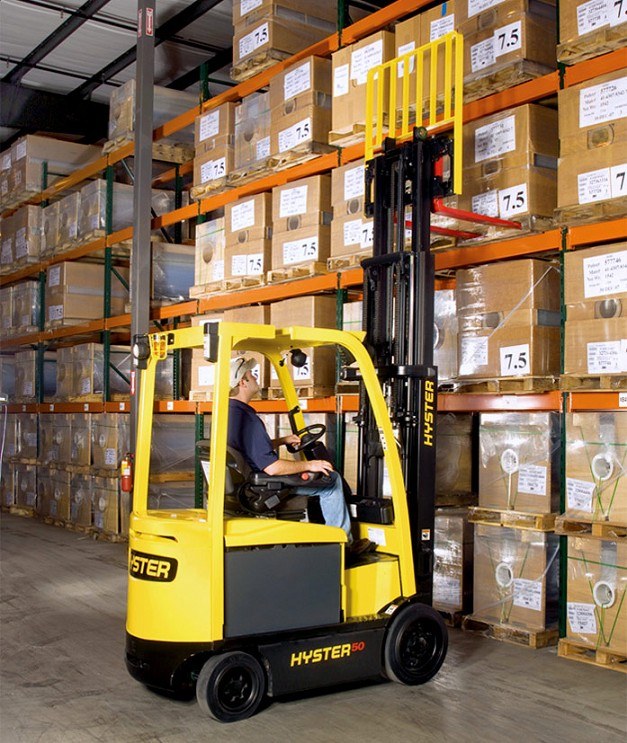
Four-Stage Mast
Also called quad masts this more complex mast with four sections relies upon four sets of rails and chains to lift loads in very high stacking operations in specialised industries.
Operators of quad mast forklifts need to undertake advanced training due to the potential limited visibility of loads when they are lifted to great heights.
Just like triplex masts quad masts offer full free lift.
This week’s blog has demonstrated some key factors to consider when selecting the right forklift mast for your application as well as showcasing the four main types of masts available in today’s market.
For assistance in selecting the mast that best suits your operations contact one of our experts on 13 22 54 or fill out a contact form and we will respond as soon as possible.